A Laid-Back Guide to Pairing Weed With Wine
By Vincent Mann
We’ll be the first to say it: Weed and wine are two major W’s available to help humankind unwind .
They’re also two of the most delightful plant-derived indulgences hailing from California’s sun-drenched fields–what’s often referred to as terroir.
Considering many of us already enjoy a glass with our joints, why not enhance the experience by pairing the flavor and aromatic profile of your favorite wines with complimentary strains of mairjuana?
As intimidating as the world of wine used to be, it’s become a lot easier thanks to the wine explosion of the last several years. She’s shed her elitist past and taken off with a growing number of exciting options visible in grocery stores and bars.
Even better, experts in both fields of wine and weed have made it their mission to make the two even better by spotlighting the most ideal pairings.
This laid-back mini-guide aims to inspire you, too, in pairing your pot with your pours.
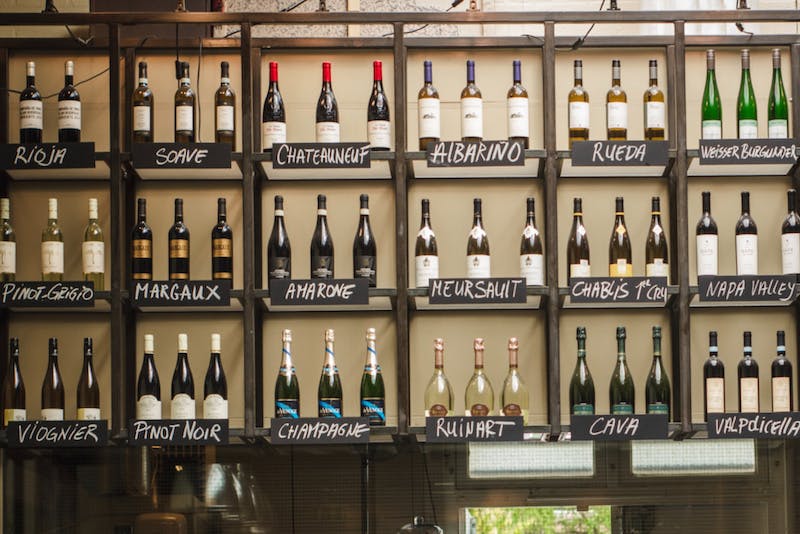
What Are Wine Varietals?
Each wine, like each strain of weed, has a unique aroma and taste. Both seasoned and casual wine drinkers usually have a couple favorite grapes, regions, and even methods of winemaking up their sleeve.
Wine grapes and their various mutations are often referred to as varietals–a term more or less equivalent to how we talk about and label different strains of weed.
Like cannabis plants, how and where the grapes are grown, harvested, and turned into wine have a major impact on the end product to be consumed.
And similarly to hybrid strains of weed, many wines are made out of blends of grapes vinified in contrasting styles. This yields complex and nuanced cuveés–another term for a particular bottle or bottling–that contain a wide breadth of tasting notes and aromas.
We won’t go too deep into the science of all that in this article, but these factors play a significant role in your drinking experience.
Terpenes: The Key to Pairing Wine & Weed
The key to pairing wine and weed is to note the terpene profile of the strain you’re smoking or vaping, and what grape or grapes your wine was made out of.
Terpenes in weed are what give strains their potent smell and flavor, and in conjunction with cannabinoids, are responsible for their effects.
Terpenes are most immediately noticeable when smoking and vaping because of their distinct aromas, and some sommeliers working at the intersection of wine and canna-culture, like The Herb Somm, advocate for vaping as the ideal way to merge consumption of the two substances.
With vaping, the scent and flavor of your weed–not to mention your wine–won’t be diluted by the lingering taste and smell of burning paper or smoke.
This goes for pipe-users, too: the heat from your piece may interfere a bit more with your palate than a mellow vape hit, which is ultimately gentler to the receptors on your tongue that house your taste buds.
Certain wine grapes boast medium to high percentages of certain terpenes found in weed such as linalool, but terpenes play less of a definitive role in wine than they do in the world of cannabis.
The terpene content of wines known for certain aromatic compounds, like Riesling or Muscat, can also vary widely depending on the climate they were grown in, the wine’s age, and how the juice from the grapes was turned into wine. While this may be a fun deep dive for cannaseurs-turned-wine experts, and oenophiles-cum-stoners, it isn’t always necessary to get so granular.
Try learning about the terpene profiles of your favorite strains and compare them to the personality of your favorite wine grapes–you might even find your perfect match.
How do I get started?
This convenient Terpene and Aroma Guide chart created by The Herb Somm is a helpful tool to help navigate the basics of pairing bottle to bud. Organized by terpene profile, it details wine varietal characteristics and even classic food pairings that fit into the same flavor spectrum.
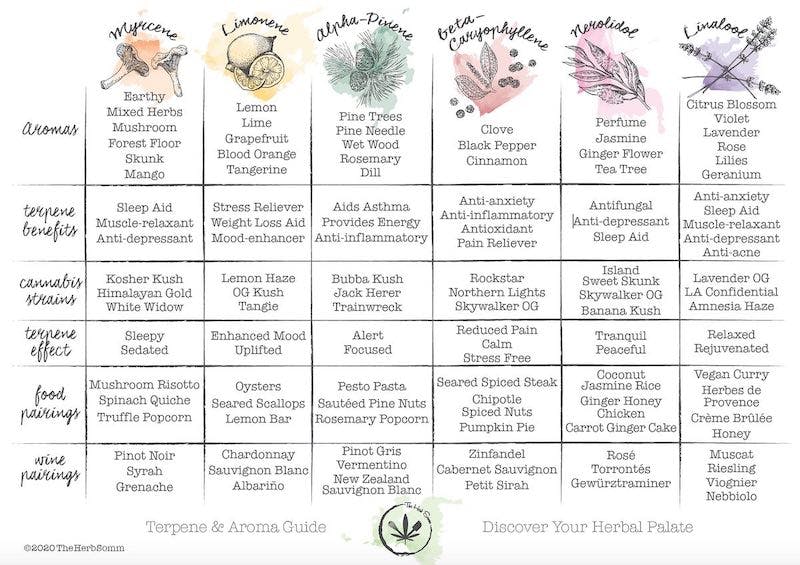
While this chart only scratches the surface of grape varietals and strains of cannabis, it serves as a fantastic starting point.
By picking up these kinds of details (with a little googling from time to time), you’ll be landing on some stellar combos bound to impress any dinner party guests or just your own taste buds for a relaxing night in.
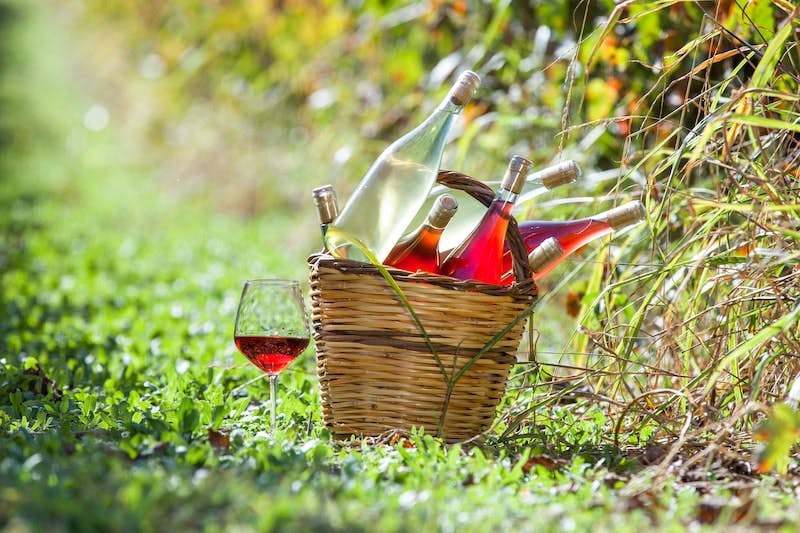
LIGHT-BODIED REDS
While most red wine grapes are capable of producing a fairly broad variety of styles, some red varietals like Gamay and Pinot Noir are more widely known for their fun, fruit-forward, low-tannin profiles.
As natural wines have become more and more popular, you might also have noticed more chillable reds on the market that are meant to be light, playful, and refreshing. Oftentimes these are made using techniques like carbonic maceration, which has its roots in Beaujolais Nouveau, already a familiar dinner table staple for many.
There are also more traditional chilled reds out there like Lambrusco that have a similar character to the new cool kids on the scene.
Pair With: Spicy Terpenes
Thankfully, chilled or not, reds on the lighter end of the spectrum make fast friends with zestier strains that have some earthy, spicy terpene content rounding them out.
If you prefer to smoke a joint, Twists’ Sour Diesel x Lemon Kush pre-roll would do the trick, or you could go for Cannabiotix’s White Walker OG for a slightly higher percentage of THC.
If you’re looking for a vape experience, the Sour Diesel x Lemon Kush Fresh Flower Cartridge will certainly hit the spot without overstimulating your taste buds.
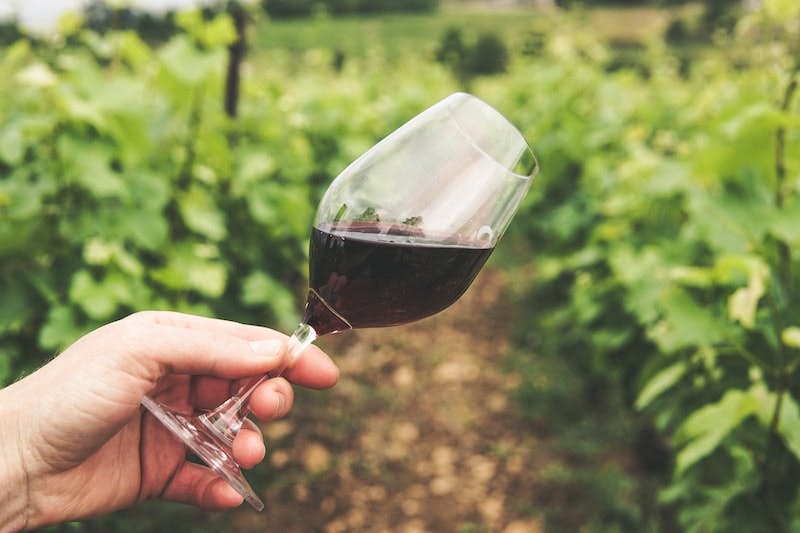
BIG-BODIED REDS
While California produces a broad, bountiful range of bottles, many might recognize a particularly famous phrase: California Cab. Prestigious regions like Napa are amongst the highest regarded in the world for producing Cabernet Sauvignon, a particularly robust type of red wine.
While California Cab may have a special place in the hearts of many wine lovers, there are plenty of medium to heavy reds from all over the world made from grapes like Grenache, Syrah, and Nebbiolo that deliver famously full-bodied flavors.
Typically, wines like these are known for richer and darker fruit-profiles than their lighter counterparts, along with dense, earthy characteristics and robust tannins that tug at your mouth and tongue, not dissimilar from when you take a strong toke of your favorite weed.
Pair With: Earthy Terpenes
For hefty, earthbound bottles like this one, a strain like Ice Cream Cake, which boasts a hefty dose of earthy, peppery terpenes like beta-Caryophyllene, and beta-Myrcene would help set the mood and hold up to the wine’s tannic structure.
Selfies’ mini pre-rolls, in a 3-gram 12 pack, are a perfect way to enjoy in moderation or share with friends.
STIIZY’s Solventless Vape Cartridges deliver the same quality and profile in more concentrated rosin form.
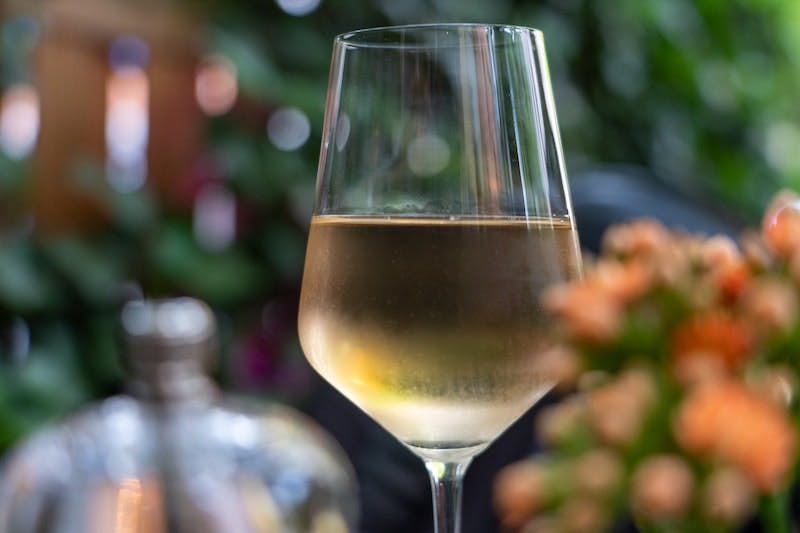
DRY WHITES
While California Cabs may take center stage for many, California is also known for producing excellent expressions of a favorite white wine grape: Chardonnay.
Chardonnay can range from lean, mineral, and citric, to buttery, full-bodied, and oaky depending on how it was vinified and aged – it’s also one of the 3 grapes traditionally used to make champagne.
Other dry white wine grapes like Chenin Blanc and Viognier are also commonly grown in California, and the ideal strains for these also pair well with other white wines from all over the world.
Pair With: Aromatic, Floral Terpenes
The aromatic profile of linalool, citric undertones of limonene, and a gentle dose of pepper and spice from terpenes like caryophyllene and humulene, make a strain like Durban Poison a friendly companion for a complex, dry white wine.
Caliva carries Durban Poison in raw flower form from Northern Emeralds, and as a disposable live resin straw at a much stronger 79% THC.
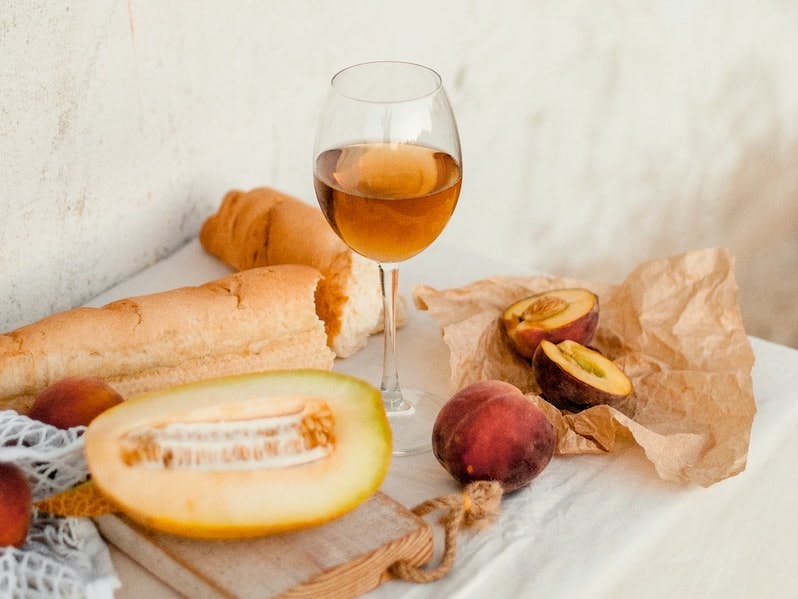
SKIN-CONTACT / “ORANGE”
While the term ‘orange’ wine may provoke some confused reactions, this recently popularized style of winemaking is all the rage these days.
Essentially, ‘orange’ wines are white wines made the way that red wines are made. A little-known fact is that the juice inside red wine grapes often looks the same as that of white grapes.
Only when the skins of the grapes are steeped in the juice does it turn red, which is a technique called maceration.
Usually when white wine grapes are harvested, the winemakers press the juice directly, resulting in the pale, light-yellow appearance associated with white wine.
When the juice from white wine grapes spends time in contact with the grape skins, it usually turns orange, though some famous grapes, like Pinot Grigio, turn pink.
Like red and white wine, orange wines are an entire category unto themselves. Bottles of orange wine often boast potent profiles of tropical fruit, notes of caramelized honey, a denser texture, and even the tannins normally associated with bigger red wines.
Pair With: Zesty or Fruity Terpenes
For ‘orange wines,’ a strain like Lemon Kush would again be a smart pairing, given its zesty character with a bit of funk.
On the other hand, you could turn to a fruitier, pinier strain like Jack Herer, which contains both pinene and nerolidol, among a host of other terpenes. This pairing would emphasize the fruit profile found in these beefed-up “orange” whites.
For those seeking flower, UpNorth Humboldt’s Pineapple Jack—a hybrid of Jack Herer and Pineapple Haze—offers an even fruitier combo to upgrade your indulgence.
On the more intense end of the THC spectrum, the Heavy Hitters Jack Herer Cartridge, clocking in at 88% THC, is a concentrated companion to match a potent profile.
CHEERS!
While we’ve only scratched the surface of strains and their grapey comrades, knowing these basics should enhance any holiday hedonism this season.
Now that you’ve got a keener eye for terpenes and terroir, remember to indulge responsibly and let the good times roll.
Vincent Mann is a writer, artist, and musician based in the Tri-State with a lifelong appreciation for herbs and herb.